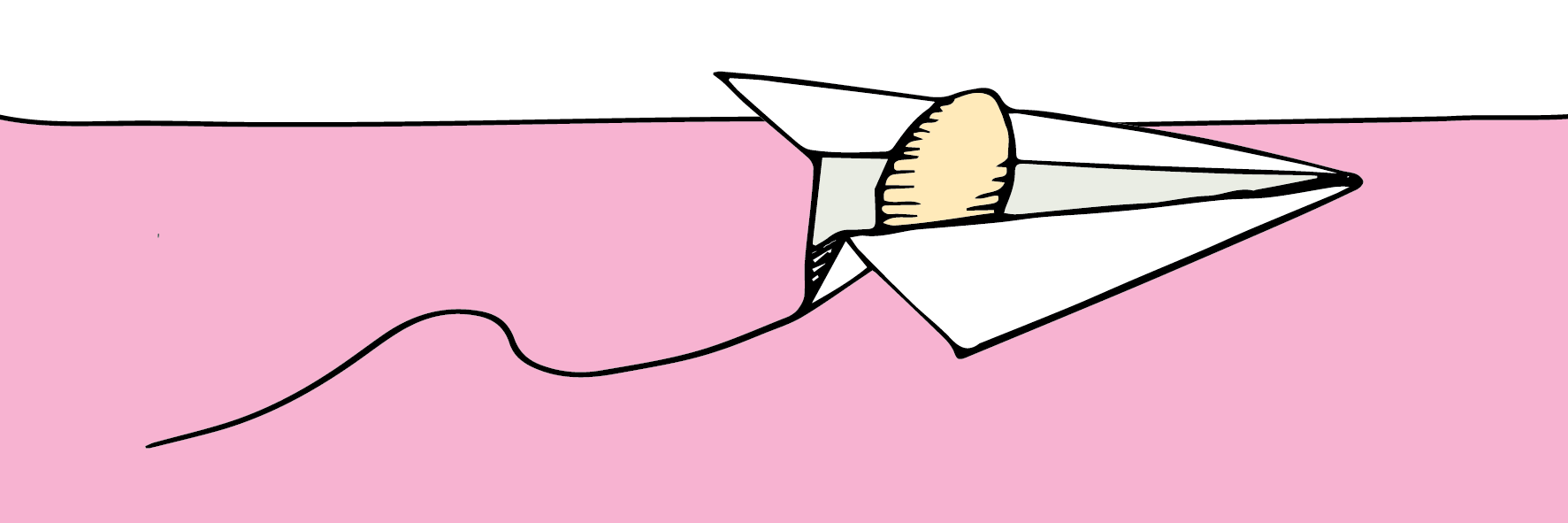Access keys for nzta.govt.nz
- h Home
- m Menu
- 0 Show list of access keys
- 2 Skip to content
- 3 Skip to top

Design for Safety activity C5. Can your students draw on their learning to protect an egg falling from height?
Activity C5: The Ultimate Challenge [ZIP, 283 KB]
Put students in groups of 2 or 3. Their challenge is to design and make a protection device for dropping an egg from a height of at least 2m onto a hard surface, without the egg cracking.
This is a summative task to evaluate each student’s learning from the prior activities Design for safety C1-C4.
It will take several sessions to plan, construct, test and reflect.
Here are steps involved.
Drops from a greater height can add challenge and excitement, especially for older students. Try high on a playground or balcony or flat roof. For safety, the teacher does the dropping at these heights.
Encourage students to think beyond methods they’ve already tried in this set of activities. Make it harder by not allowing the use of boxes.
The design needs to incorporate some form of shock absorption or crumple factor.
Students communicate what each part of their design does using their Design Sheet and then proceed to make their device.
It’s up to you (and the number of eggs you have) whether or not you allow device testing before the whole class drop. It may be more exciting and there is more to discuss if there are no practices.
When all the devices are complete, they are displayed around the class with the Design Sheet beside them.
All students rotate around the room looking at each other’s design and considering if that egg will survive the fall or not and why. They fill out their Challenge Sheet as they go.
Remember this is more than just students make something for fun. We’re looking for them to show and share how they link each part of their design to protecting the egg. This supports teacher judgement about achievement against learning outcomes.
After each egg is dropped the success (or otherwise) is recorded and the students are encouraged to reflect on the strengths and weaknesses of each design.
By asking the final question on the Challenge Sheet you can assess to what extent students have achieved the learning outcomes around applying knowledge, discussing evidence and critiquing design.
Investigating in Science – exploring, predicting, defining, analysing.
NZ Curriculum | Science achievement objectives(external link)
Critique Evidence.
The five science capabilities (TKI - Science online)(external link)
Physical World, Achievement Objective: explore, describe and represent patterns and trends for everyday examples of physical phenomena, such as movement, forces etc.
An object travelling at a constant speed will remain at a constant speed until acted upon by an unbalanced force.
Crumple zones can slow down how quickly an object loses movement energy.
Some materials act as shock absorbers, reducing the force of impact.
The students can…